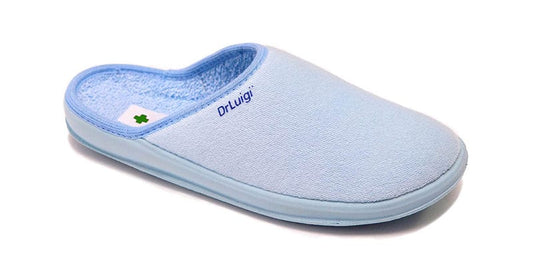An ingrown toenail develops when the corner or side of a toenail pushes into the skin next to it, resulting in discomfort, swelling, and redness.
Causes
- The toenail may press against the skin and grow into it while wearing shoes that are too small or tight.
- Ingrown toenails can also be caused by cutting the toenails excessively short or roundly.
- The toenail may grow into the epidermis due to trauma or damage.
- Ingrown toenails can also be exacerbated by fungus infections, a few medical problems, and heredity.
Symptoms
- Redness, swelling, and pain are seen around the damaged toenail.
- pus or blood draining from the injured region
- tingling or numbness in the afflicted toe.
- wearing shoes or walking with difficulty.
- The infection brought on by the ingrown toenail may also result in fever, worsening discomfort, and skin streaks of redness.
When should you see the doctor?
Ingrown toenails must be treated as soon as possible to prevent infection and other issues.
If any of the following apply to your ingrown toenail:
- It hurts a lot or becomes worse
It's crucial to receive medical help if the discomfort from an ingrown toenail is severe or growing worse.
- There is edema, redness, or discharge
You should consult a doctor if the skin around your toenail is red, puffy, or puss is flowing from it.
- The toe is tingling or numb
A doctor should be seen if the toe feels tingling or numb since this might indicate nerve injury.
- You have diabetes or other medical issues
It's crucial to consult a doctor if you have an ingrown toenail if you suffer from diabetes or other medical issues that impair healing or circulation.
A doctor should be consulted as soon as possible if you have an ingrown toenail that is infected. A painful ingrown toenail that is infected can develop into more serious issues, such as a bone infection, if left untreated.





